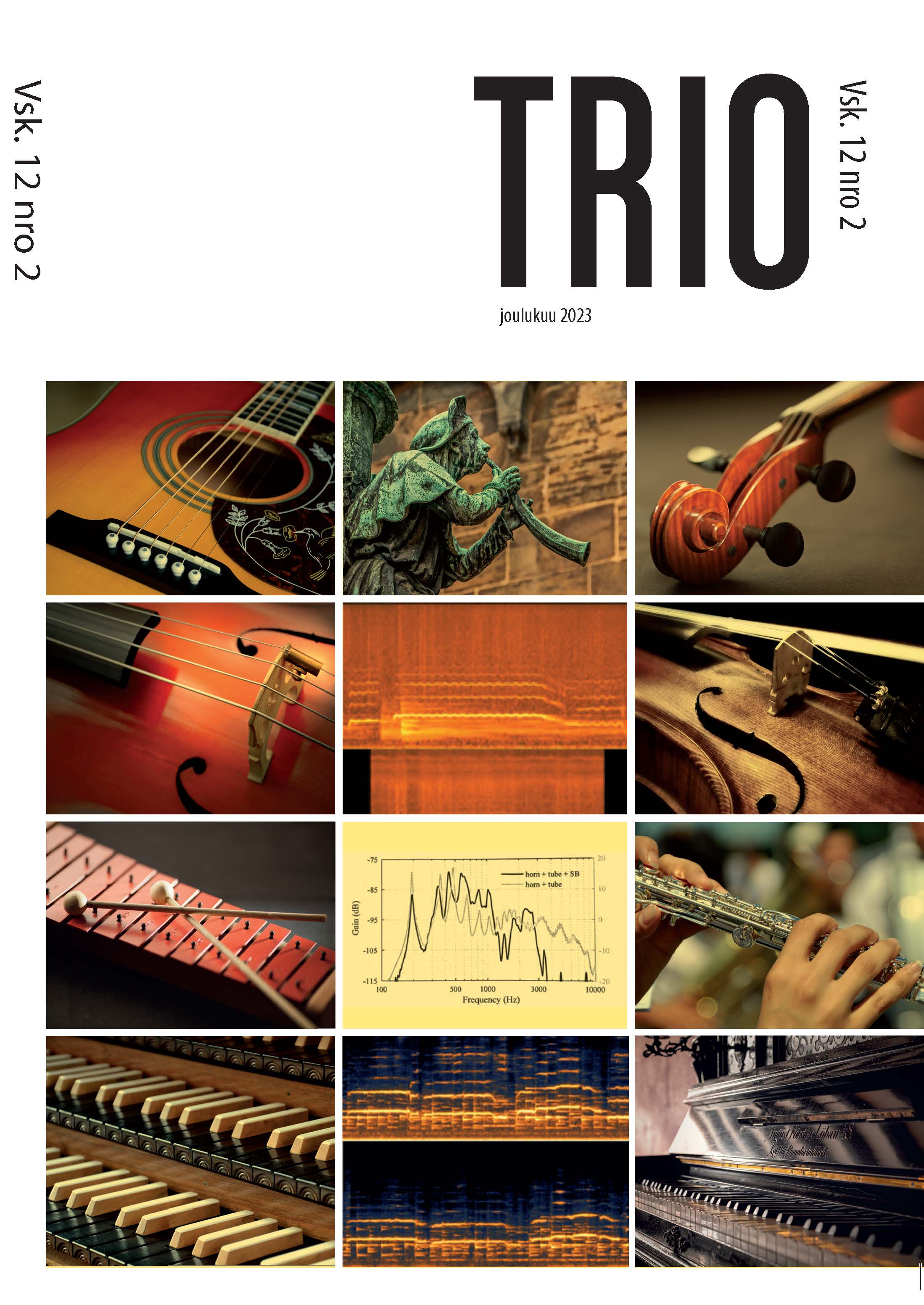”Black roses” of inter-art collaboration
The mediated voice of Maikki Järnefelt
DOI:
https://doi.org/10.37453/tj.136179Keywords:
gramofoni, laulutaide, historiallinen ääniteAbstract
In this article, I study Maikki Järnefelt’s 1904 and 1906 Gramophone Company recordings using the sounding result created by the interaction of the recording engineer, the recording device, and the performer as research material. How do the characteristics of the recording device change the performance heard on the recording, compared to the version presented in the recording room? How has the singer adapted her performance to match the recording situation? Singing to a mechanical recording device has required changes in how the performer uses her body, and the dynamics of her instrument. The recording engineers’ job was to guide the interaction between the performer and the recording device. In addition, the recorder modified the final sound by choosing the parts of the recording device that would record the sound in the best possible way.
The results of the study indicate that recording situations may not have affected Järnefelt’s singing style very much in the ways that are mentioned in many texts describing historical recordings, e.g. exaggerated text and avoiding extreme nuances. The voice heard on the recording is, on the other hand, very different compared to the sound that would be heard in the same space.
Downloads
Published
Issue
Section
License
Copyright (c) 2023 Trio Journal

This work is licensed under a Creative Commons Attribution-NonCommercial 4.0 International License.





